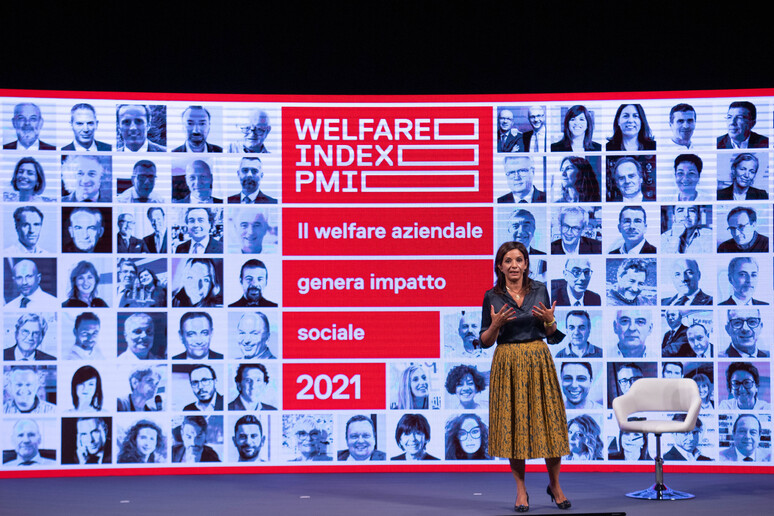(By Alessandra Briganti) Italy's small and medium-sized enterprises (SMEs) in the creative and cultural sector are dynamic and in expansion, but still weighed down by bureaucracy and difficulties in accessing credit, according to a new study.
The report by researchers from the ESPON programme, which specialises in EU regional research, devotes a great deal of attention to Milan, which comes out better with respect to the rest of the nation.
SMEs account for 99% of companies in Europe and those operating in this sphere generate 4.4% of the EU's GDP, 509 billion euros of added value, and they employ 12 million people on a full-time basis.
So it is a strategic resource for the EU, where clusters of sector businesses have shown themselves capable of generating high rates of employment growth.
Cultural and creative work is growing in Italy - in 2018 the sector produced 6.1% of national added value with a total of 1.5 million employees.
The SMEs involved in contemporary art are particularly dynamic.
These companies employ a percentage of workers that is higher than the average for the other segments of the creative and cultural industry in Europe's capitals, including Rome, and in other big and medium-sized cities such as Milan, Turin and Bologna.
Then high levels of education and new skills open up new job opportunities in peripheral areas, where the development of the sector has effects in terms of creative, social and technological innovation. All this is thanks in part to policies for digital and 4.0 transition, which act as a driving force for the expansion of the creative and cultural economy.
Compared to other European countries, however, Italy's regions are still classed among those that are 'moderately innovative', a level that is more similar to the regions of southern and eastern Europe than northern Europe.
Milan is one of the exceptions and the study dedicates a great deal of attention to it.
Here the creative and cultural industry is the biggest sector, accounting for 33.55% of all firms active in the Milan metropolitan area and 36.91% of employment.
The entrepreneurial fabric is concentrated in clusters, most of which are specialized in fashion and design, that are situated in specific areas of the city.
The researchers observed that this high concentration of businesses increases competitiveness and contamination.
Other industrial districts, in sectors that go from IT to biotech, are primarily present in zones on the outskirts of the metropolitan area.
Among the strengths highlighted by the study was the high concentration of human capital and the presence of universities and research centres.
Although above the Italian average, investment in R&D and the IT structures are in line with the average of other European metropolitan areas.
Creative enterprises, on the other hand, have trouble accessing finance opportunities despite the vicinity to the financial sector and they are penalized by the lack of coordination between the various private initiatives and administrative bodies in the region.
The researchers concluded that, in order to keep up competitiveness with respect to several European start-up hubs, the metropolitan city of Milan will have to develop a better urban start-up marketing strategy and increase international cooperation with other cutting-edge cities.
ALL RIGHTS RESERVED © Copyright ANSA











